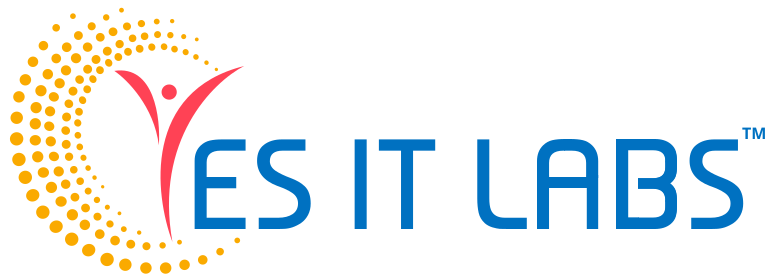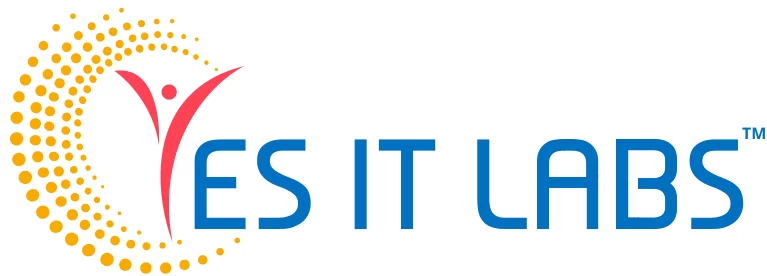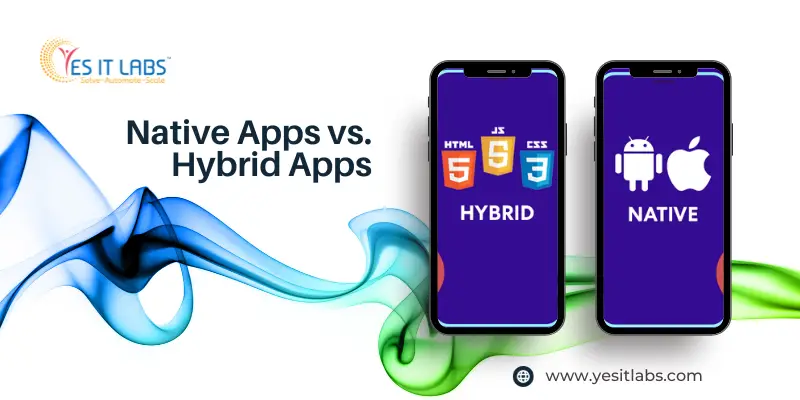If you’re stepping into the world of e-commerce, one of the crucial decisions you’ll face is choosing the right platform for your online store. Two major players in the game are Shopify and WooCommerce. Each comes with its own set of advantages and disadvantages, making the decision-making process a bit challenging. Let’s dive into the pros and cons of both to help you make an informed choice.
Shopify: The E-Commerce Powerhouse
Pros:
- User-Friendly Interface: Shopify is renowned for its user-friendly interface. Setting up your online store is a breeze, even for those without extensive technical knowledge.
- Security: Shopify takes care of hosting and security, ensuring that your customers’ data is protected. This is a significant advantage for those who prioritize a secure shopping experience.
- App Store: With the Shopify App Store, you can easily expand the functionality of your store. From marketing tools to inventory management, there’s an app for almost everything.
- Customer Support: Shopify offers 24/7 customer support, which can be a lifesaver when you encounter issues. Quick assistance ensures minimal downtime for your online store.
Cons:
- Transaction Fees: While Shopify offers various pricing plans, transaction fees are charged for using external payment gateways. This can eat into your profit margins, especially for smaller businesses.
- Customization Limitations: While Shopify provides various themes, customization can be limited compared to WooCommerce. If you have specific design requirements, this might be a drawback.
WooCommerce: The WordPress Integration
Pros:
- Flexibility and Customization: WooCommerce, being a WordPress plugin, offers unparalleled flexibility and customization. You have complete control over your website’s design and functionality.
- Cost-Effective: WooCommerce itself is free, making it an excellent choice for budget-conscious entrepreneurs. You only need to pay for hosting and any premium extensions you might choose.
- SEO-Friendly: As part of the WordPress ecosystem, WooCommerce benefits from the SEO capabilities of the platform. This can give your online store an edge in search engine rankings.
Cons:
- Technical Know-How: Unlike Shopify, WooCommerce might require a bit more technical expertise. If you’re not comfortable with website management, you might find the learning curve steeper.
- Security and Hosting: Since WooCommerce is a self-hosted solution, you’re responsible for your website’s security and hosting. While this offers control, it also means you need to invest time and resources in ensuring a secure environment.
Is Shopify better than WooCommerce?
The answer to this question depends on your specific needs. If you’re looking for a hassle-free, out-of-the-box solution with excellent support and security, Shopify might be the better option. On the other hand, if you prioritize customization, control, and cost-effectiveness, WooCommerce, especially when partnered with a reliable woocommerce development company like YES IT labs, is a strong contender.
Can I use WooCommerce with Shopify?
Interestingly, yes. While Shopify and WooCommerce are typically seen as competitors, some users opt for a hybrid approach. This involves using Shopify for its robust e-commerce features while integrating WooCommerce for specific functionalities or customization. However, this approach may add complexity to your setup and may not be suitable for everyone. For seamless integration and optimization, considering Shopify development services from YES IT labs can ensure a tailored solution that meets your unique business requirements.
Conclusion
Both Shopify and WooCommerce have their merits and drawbacks. Understanding your business requirements, technical capabilities, and budget constraints will play a crucial role in making the right choice for your online store. Whether you opt for Shopify’s simplicity or WooCommerce’s flexibility, the key is to choose the platform that aligns with your business goals and vision. Happy selling!


